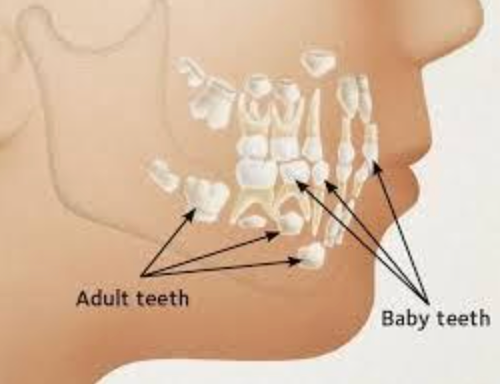PEDIATRIC SURGICAL TREATMENTS
Service description
Pediatric tooth extractions are surgical removals of primary teeth. When a child’s tooth becomes damaged due to injuries, severe tooth decay, or infections, tooth extractions become necessary. Pediatric tooth extractions are the most common pediatric dental procedures for children.
Tooth extraction finds primary front tooth extractions straightforward than molar extractions. Children’s front teeth have just one root than molars with multiple roots. However, molars are more prone to tooth decay and are extracted by the pediatric dentist near me routinely.
The most common reasons why children need tooth extractions is because their teeth are victims of tooth decay, trauma or injury, gum disease, impacted wisdom teeth, and the requirement for orthodontic treatment.
Cavities are a chronic problem with children because their tooth enamel is fragile. Children are not diligent with dental hygiene practices making their teeth prone to decay. Untreated tooth decay in primary teeth can lead to severe oral health conditions and infections. When primary teeth are extracted due to severe tooth decay, the permanent teeth move into the blank space causing crooked or crowded teeth.
Trauma or injuries are familiar to children from playtime accidents and falls. In many cases, the pediatric dentist, restores the tooth by performing pediatric pulp therapy or providing a dental crown. Sometimes the tooth needs extraction and replacement with a space maintainer until the permanent tooth emerges.
Gum disease or gingivitis is another infection affecting children causing inflammation in the gingival tissues. Gum disease results in bleeding, swelling, and redness of the gum tissue. When left untreated, gingivitis develops into pediatric periodontal disease to affect the gums and jawbone. Severe infections can loosen the child’s teeth and cause severe bleeding besides receding gums.
Besides the above, impacted wisdom teeth and the need to undergo orthodontic treatments also require extractions as recommended by the child’s pediatric dentist.
HOW ARE BABY TEETH EXTRACTED?
The baby tooth extraction procedure is not different from adult extractions. However, the pediatric dentist must ensure the child is calm and composed and, if required, have the parent or caregiver beside the child when performing the procedure.
Dentists and oral surgeons take x-rays of the child’s teeth and mouth to predict any anticipated complications. The x-rays help examine the position of the tooth roots and the surrounding bone structure.
Primary tooth extractions are usually performed under local anesthesia, a safe membrane-stabilizing drug that eliminates pain by numbing the area without causing unconsciousness. Children anxious about the procedure or fear of needles receive nitrous oxide or oral medications to calm them. General anesthesia or IV Sedations may be required for the most anxious patients.
After administering local anesthesia, the dentist expects the tooth using tiny instruments. While removing the tooth, the dentist scrutinizes the bone to ensure it is not damaged.
After tooth removal, sterile gauze covers the tooth socket with pressure applied for approximately 20 minutes. Sutures may become necessary depending on the patient’s needs.
When primary molars are removed or lost prematurely, space maintainers become essential to ensure the child’s permanent tooth emerges correctly. Space maintainers are orthodontic devices that ensure they prevent migration of the neighboring teeth into the vacant gap.
BABY TOOTH EXTRACTION AFTER-CARE
Moderate pain is expected after tooth removal. However, the child returns to normal after a few days. Oral surgeon may recommends medicines to reduce pain and swelling.
Over-the-counter anti-inflammatory painkillers are recommended or prescribed to alleviate pain and speed the healing process. Ice packs are helpful to control swelling on the cheeks and discomfort during the healing process. However, children are better discouraged not to use the ice packs for extended periods but merely for 10-minute intervals on their cheeks.
Children will find the healing process better if they stick to soft foods a few days after tooth removal. Children may not prefer cooked vegetables, mashed potatoes, or smoothies but convincing them to have these foods helps them recover. Parents should refrain children from using a straw for drinking or engaging in any strenuous activity for at least a week after tooth removal. These actions are essential to help prevent dislodging of the blood clot at the extraction site. Dislodging a blood clot causes a dry socket needing additional dental care.


